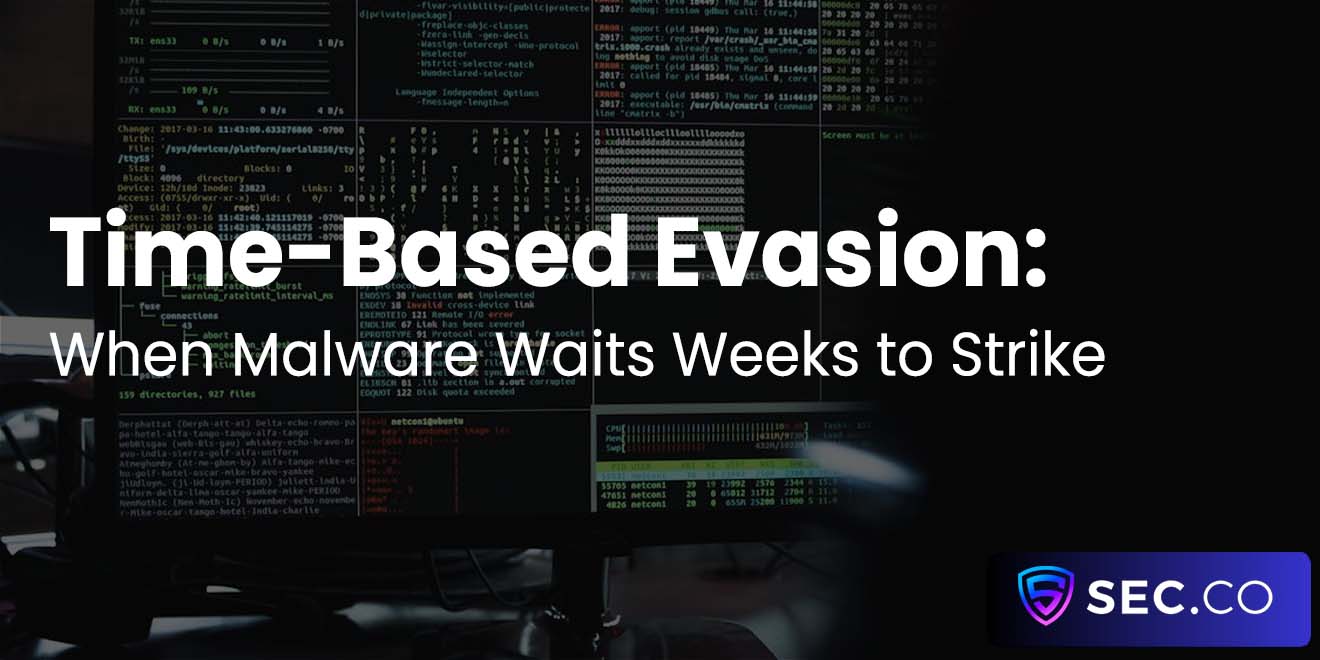Detecting Low-and-Slow Data Exfiltration Without False Positives
Within modern cybersecurity software, few challenges are more frustrating than spotting a data thief who tiptoes out of the network a single packet at a time. “Low-and-slow” exfiltration techniques are designed to blend in with legitimate traffic, trick throttling controls, and lull security analysts into a false sense of calm.
The good news is that you can catch these attacks without drowning your analysts in false positives—all it takes is the right mix of visibility, context, and tuning.
Why Low-and-Slow Data Exfiltration Is a Silent Threat
Attackers know that big, noisy transfers trigger alarms. Instead, they steal data in kilobyte-sized chunks over days, weeks, or even months. Because each transaction appears harmless, traditional rule-based alerts rarely fire.
Meanwhile, the cumulative damage can rival a smash-and-grab breach. Detecting this steady drip of information requires a mindset shift: instead of looking for singularly “bad” events, defenders must track patterns that unfold over time.
Understanding the Attacker’s Playbook
Threat actors tend to follow a well-worn sequence:
Reconnaissance and credential harvesting inside the target environment
Staging data in hidden directories or compressed archives
Drip-feeding the files through covert channels—encrypted DNS, HTTPS POST requests, cloud storage APIs, or even social media uploads
Throttling the transfer rate and rotating destinations to stay below standard detection thresholds
By mapping these steps, defenders can design controls that monitor each phase rather than waiting for an end-game export.
Symptoms That Easily Blend into Normal Traffic
Low-and-slow campaigns typically generate artifacts that look mundane in isolation:
Slight but persistent outbound traffic from a workstation outside normal business hours
Repetitive but low-volume DNS queries to domains that seldom appear in corporate logs
Small HTTPS POST bodies to personal cloud drives
System processes creating ZIP files more often than peers in the same role
Because any single indicator could stem from legitimate use—automatic software updates, remote work, routine backups—blanket blocking is unrealistic. Contextual baselines are essential.
Building a Detection Strategy That Works
Establish Rich Baselines
Collect at least 30 days of flow data, proxy logs, and DNS queries. Segment by user role, device type, and time of day. Instead of one-size-fits-all thresholds, create tailored expectations: an engineering server may legitimately transfer gigabytes nightly, whereas an HR laptop should not.
Correlate Across Multiple Telemetry Sources
A single flow record rarely tells the whole story. Enrich it with process telemetry from EDR, user identity from SSO logs, and geo-location of external IPs. The more attributes you correlate, the harder it becomes for an attacker to hide in plain sight.
Use Anomaly Detection, Not Just Signatures
Machine-learning models that score behavior over rolling windows excel at flagging deviations in upload volume, file entropy, or destination rarity. Combine supervised and unsupervised techniques: supervised to spot known tool marks (exfil over Telegram, for example) and unsupervised to surface brand-new tactics.
Implement Progressive Alerting
Rather than sounding a siren the moment anything strays 5% outside baseline, tier alerts. A mild deviation creates a low-priority notification for automated triage; only when multiple weak signals align or persist does the system escalate to human eyes. This approach dramatically slashes alert fatigue.
Fine-Tuning to Minimize False Positives
Getting the signal-to-noise ratio right is where many organizations stumble. Practical tuning tips include:
Whitelist critical business applications after verifying their normal transfer patterns.
Introduce “time decay” to anomalies: if a user’s behavior returns to baseline quickly, suppress follow-up alerts.
Feed analyst feedback back into the models. Each time an analyst marks an alert as benign or malicious, retrain thresholds so the system learns from real outcomes.
Re-evaluate baseline windows seasonally; quarterly financial reporting, for example, may temporarily change traffic patterns for the finance team.
Moving from Detection to Response
Spotting a low-and-slow leak is only half the battle. Once an alert crosses the high-confidence threshold, a well-rehearsed playbook ensures swift containment:
Validate the Indicator: Check whether the flagged process, user, and destination align with a known project or ticket. If not, continue.
Isolate the Host: Quarantine at the switch or EDR level to halt further exports while preserving volatile memory for forensics.
Examine Staged Data: Hunt for ZIP, RAR, or proprietary archive files in suspected staging directories. Compare hashes to any content already observed leaving the network.
Trace Lateral Movement: Review lateral movement in session logs and administrative tool usage to identify other footholds. Low-and-slow exfiltration often wraps up a broader intrusion campaign.
Patch the Gaps: Whether it’s an unmonitored outbound protocol or an over-permissive firewall rule, close the door against repeat attempts, then update detection content to recognize similar patterns company-wide.
The beauty of a structured response is that it feeds back into stronger detection. Every confirmed case sharpens baselines, enriches blocklists, and boosts analyst intuition.
Final Thoughts
Low-and-slow exfiltration rewards patience—both for the attacker and the defender. Attackers rely on defenders growing complacent; defenders succeed by building layered telemetry, calm analytic rigor, and a culture that values continuous tuning over flashy “one-click” solutions. With the right foundations in place, your Cybersecurity & Cyberdefense team can catch even the quietest trickles of data before they become a flood.
Trusted by the Web Community
See what we written lately
Request an invite
Get a front row seat to the newest in identity and access.
















